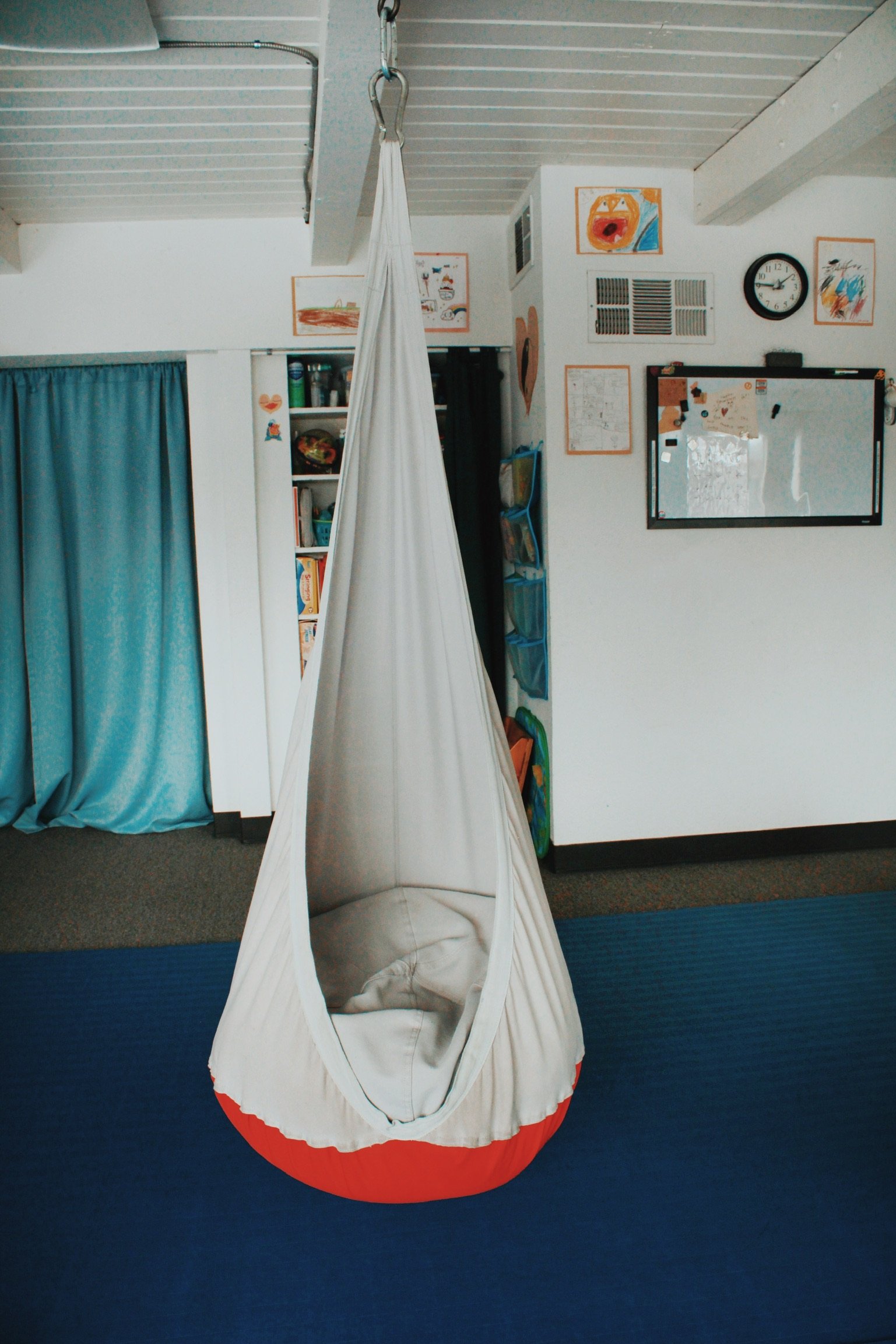Sensory Processing
Sensory processing refers to the way in which our brain interprets, organizes, and creates an appropriate response to information that comes from our senses.
Seven Senses
Most people are aware of their senses of sight (visual), hearing (auditory), touch (tactile), taste (gustatory), and smell (olfactory). However, there are three more senses: vestibular (position in space/balance), proprioception (body/muscle awareness), and interoception (internal sensations). Although we often think of our senses as separate processes, the brain integrates information from all the senses to provide us with an accurate picture of our environment and our place in that environment.
Sensory Processing Disorder
Sensory Processing Disorder (SPD) occurs when an individual has trouble interpreting, organizing, and/or responding to information that comes in through the senses. SPD can have a significant impact on a child’s ability to succeed at developmental tasks such as meaningful play, academic achievement, and positive interactions with family and peers.
With that said, sensory processing differences affect people of all ages and abilities. Even though an individual may have 20/20 vision, his brain may not accurately process the input from his eyes. Many people with diagnoses such as attention and learning challenges, developmental delays, autism spectrum disorders, and neurological disorders often have sensory processing differences as well. Sensory Processing Disorder can also stand alone with no other diagnoses.
SPD can affect the way in which a person modulates their responses to sensory input, how they discriminate between different sensations, and/or how they control their body movements (as a response to sensory input). Common examples include:
Over-responding to certain textures, sounds, or movement
Under-responding to, or difficulty registering, hot/cold temperatures, unusually high pain tolerance, not responding when name is called
Actively seeking sounds or movement in a way that interferes with life activities
Difficulty discriminating between sounds, resulting in mishearing words
Looks around the room frequently, appearing inattentive
Poor endurance / low muscle tone
Appears clumsy – bumps into things, poor balance
Gross motor (walking, running, jumping, skipping) and fine motor (tying shoes, buttoning, coloring) delays
Difficulty planning motor movements
Poor self-esteem and low tolerance for frustration
Difficulty interacting with same-aged peers




